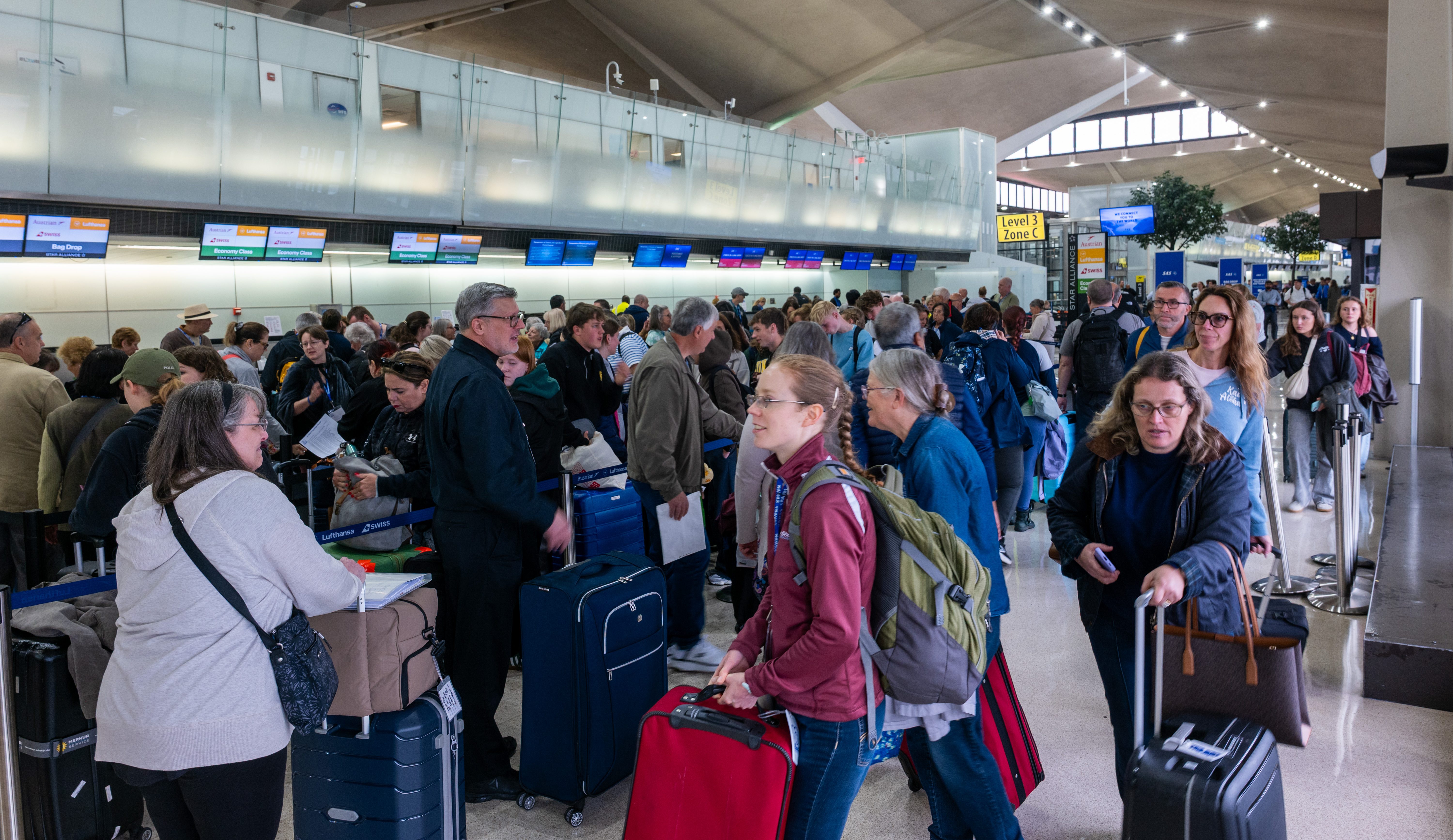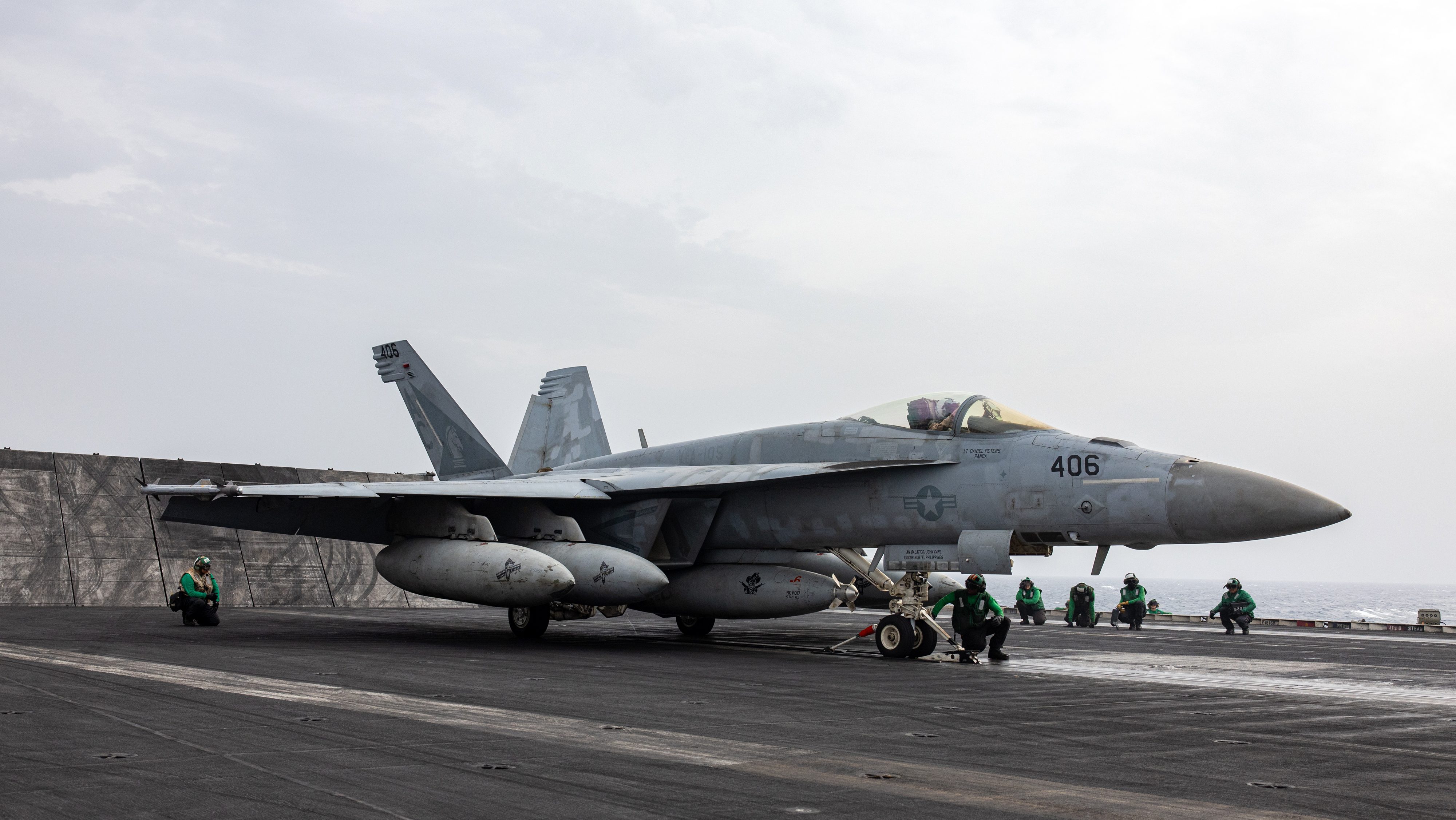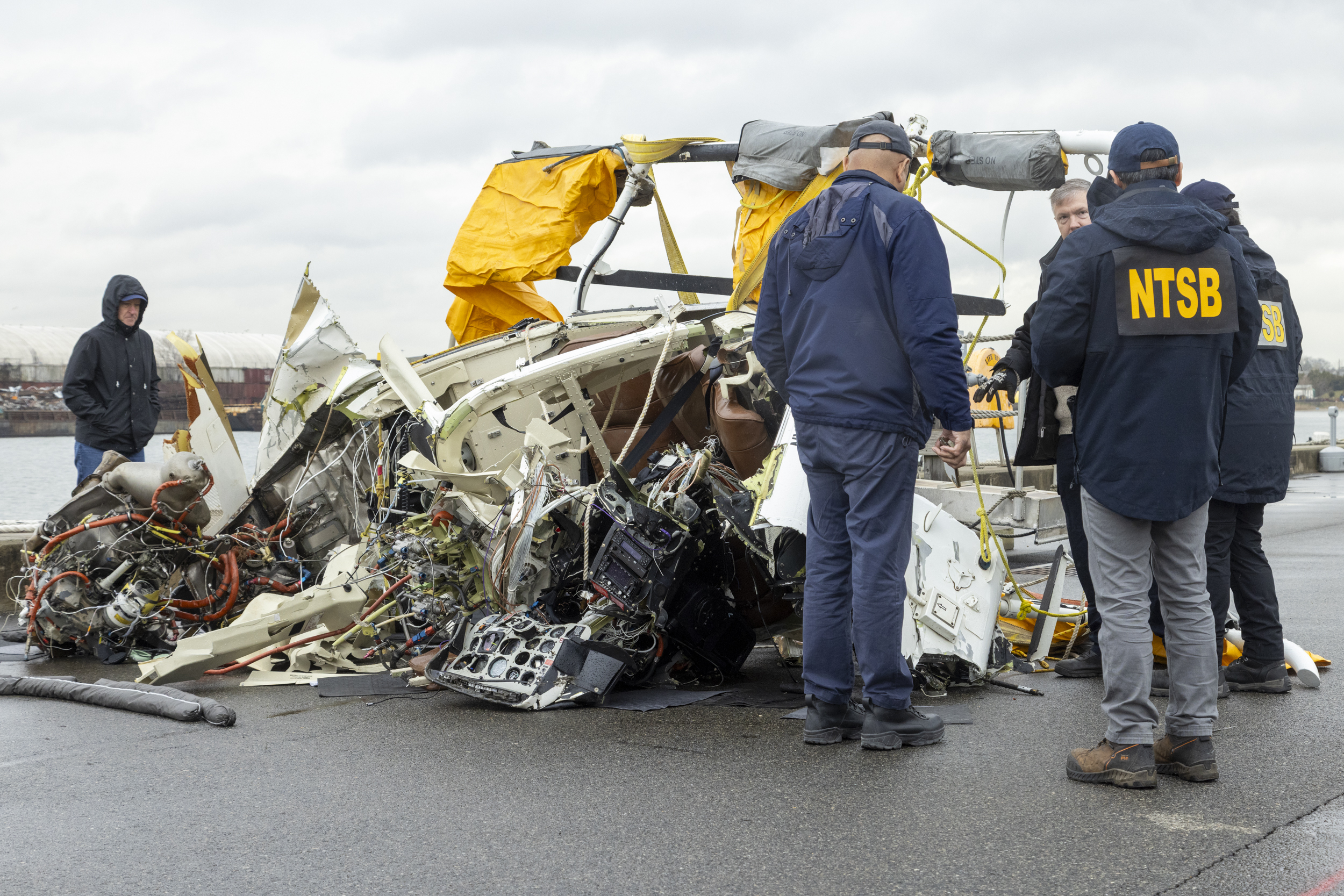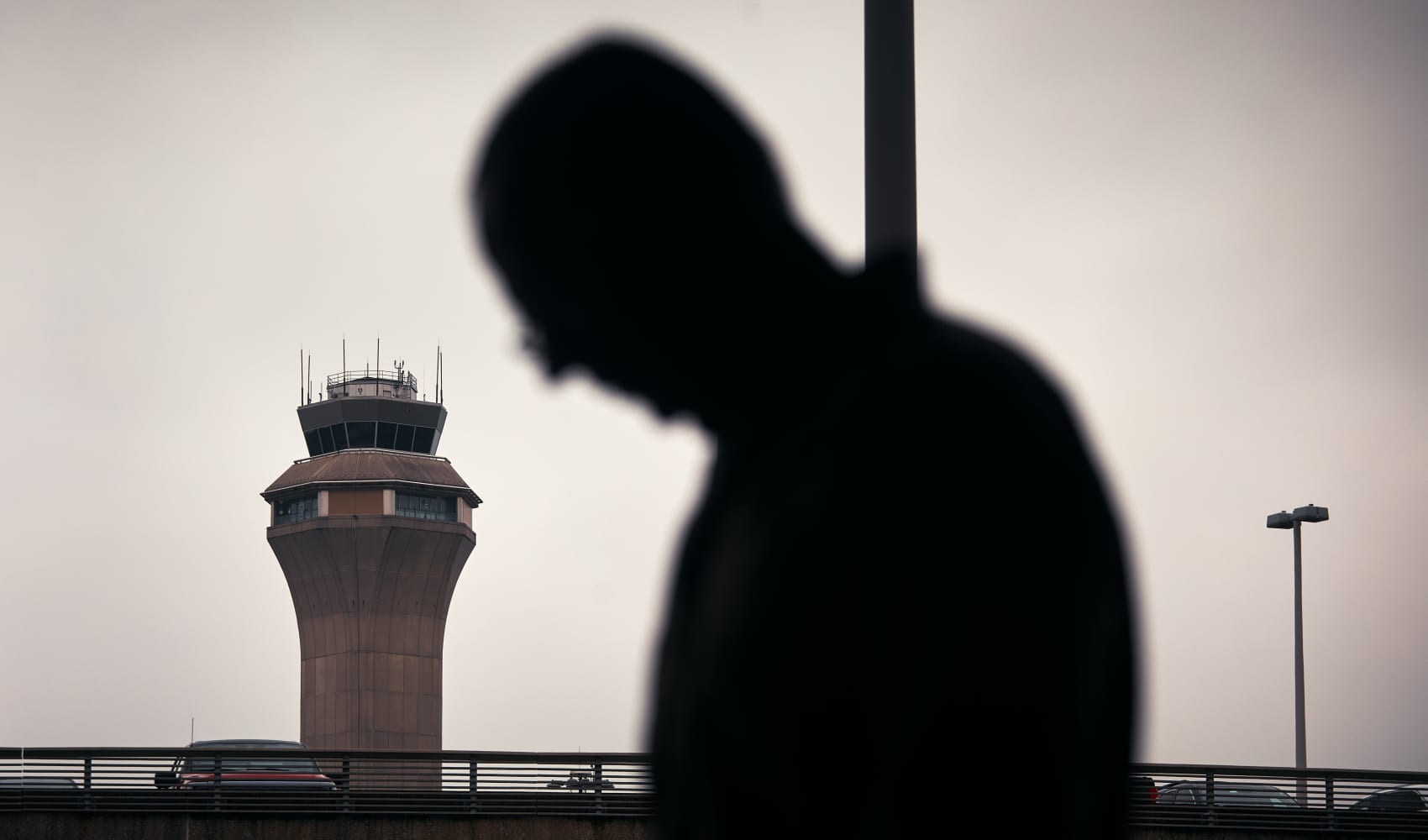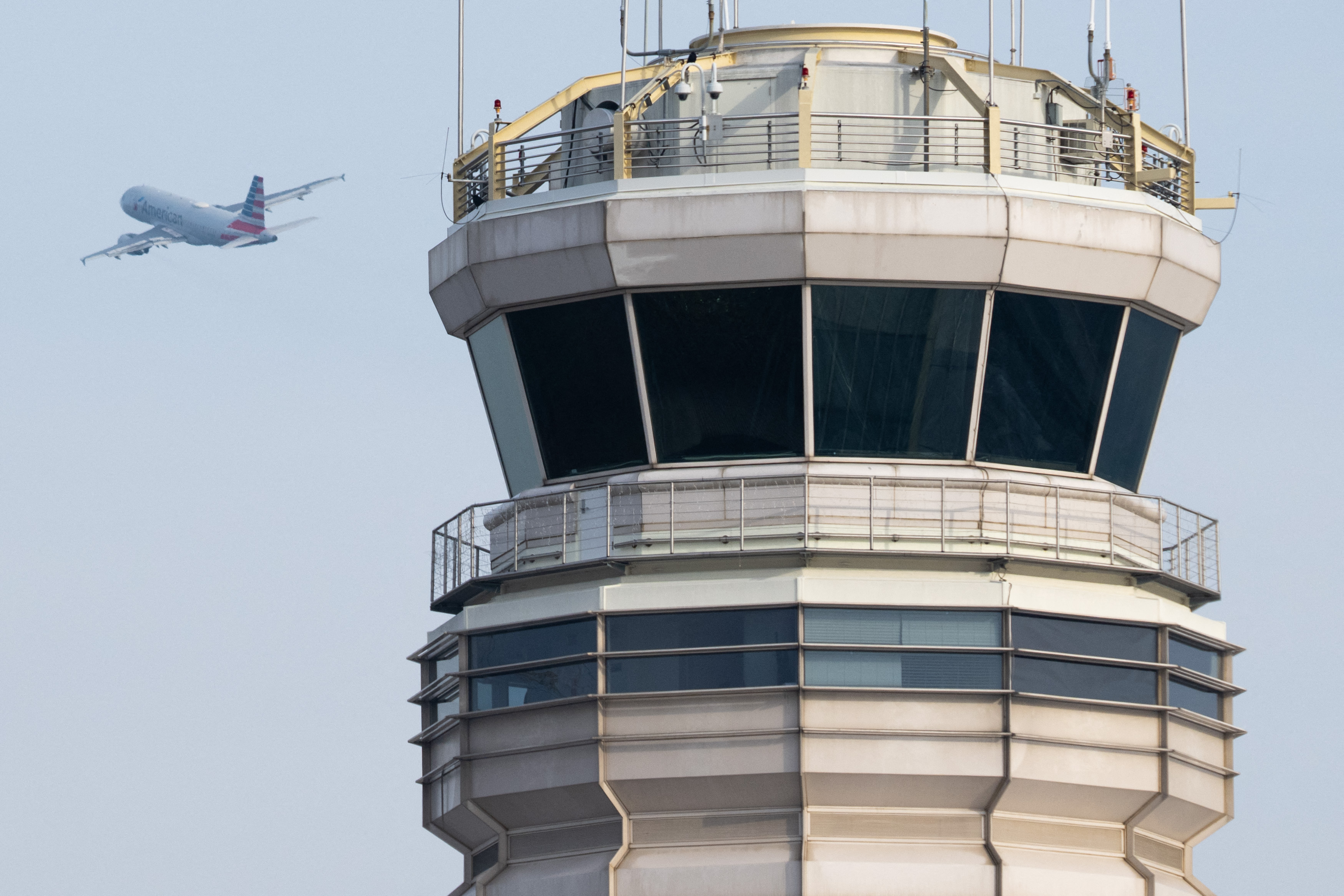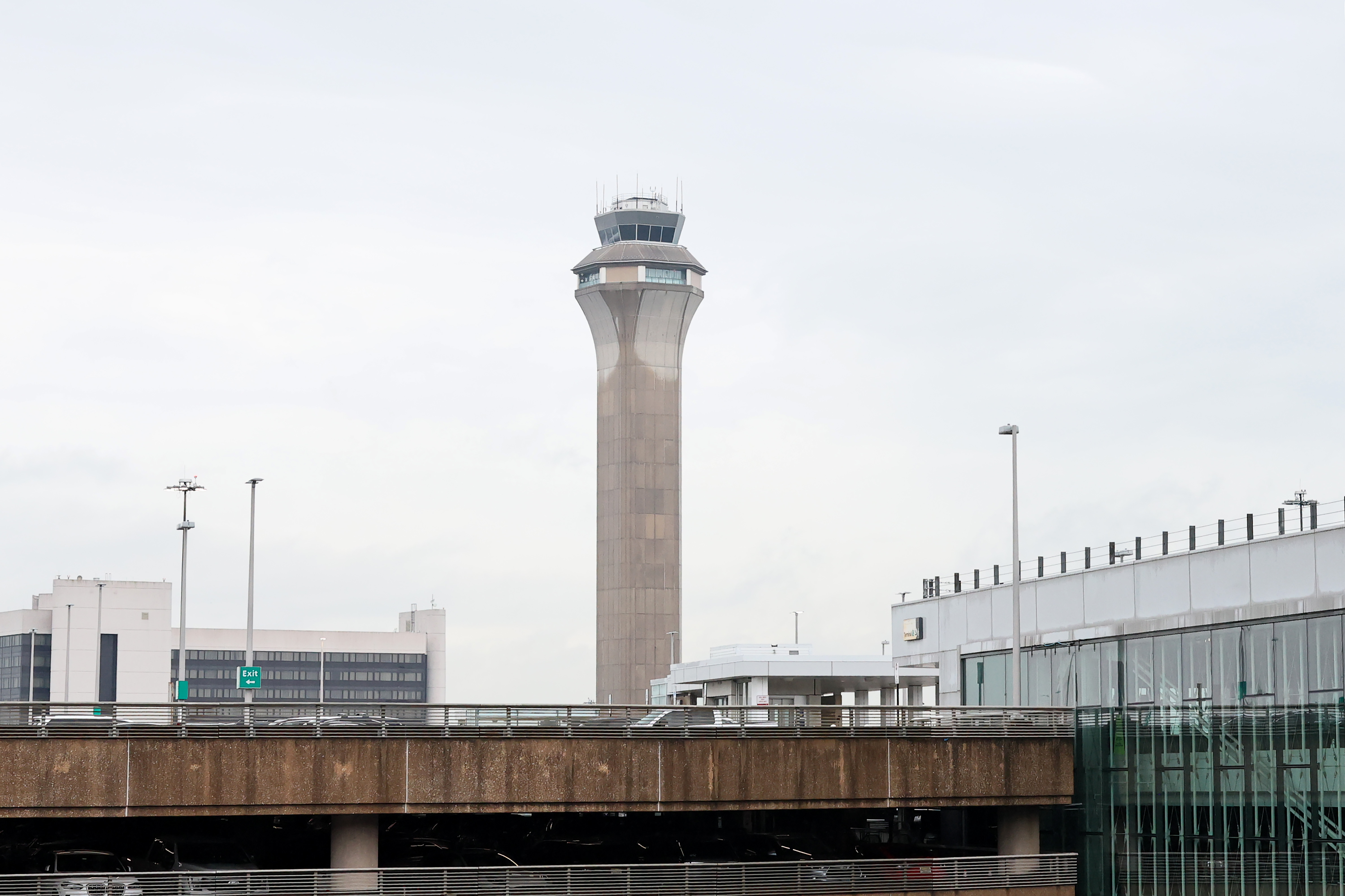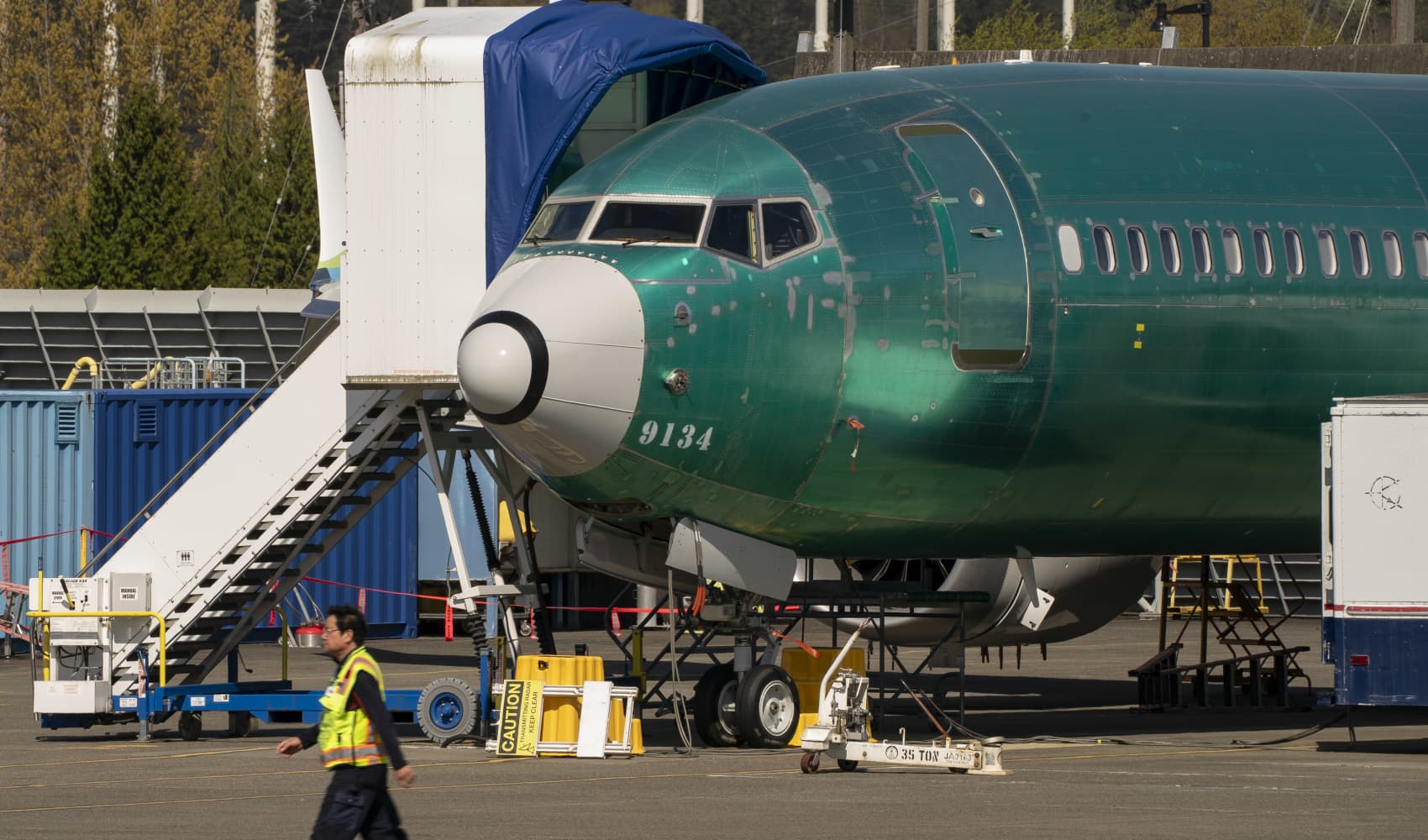DCA Aborted Landings: Army Helicopter Causes Chaos!
DCA Landing Scare: Army Chopper Forces Aborts – “Unacceptable!”
Introduction: A Near Miss at Reagan National
Imagine you're descending smoothly into Ronald Reagan Washington National Airport (DCA), ready for touchdown, when suddenly, the pilot announces a "go-around." Not once, but twice! That's precisely what happened to two commercial flights this week, and U.S. Transportation Secretary Sean Duffy is not happy about it. He's calling the incident "unacceptable." But what exactly happened, and why is everyone so concerned?
The Incident: Delta and Republic's Close Call
On a seemingly ordinary Thursday afternoon, a Delta Air Lines Airbus A319 and a Republic Airways Embraer E170 were both approaching DCA for landing. According to the National Transportation Safety Board (NTSB), at approximately 2:30 p.m., air traffic control instructed both aircraft to abort their landings and perform a "go-around." The reason? A "priority air transport" helicopter, later identified as an Army Black Hawk, was sharing the airspace.
What is a "Go-Around"?
Think of a go-around as an "oops" moment in aviation. It's a standard safety procedure where a pilot aborts a landing and climbs back up, either to circle around for another attempt or to divert to another airport. It's a common maneuver, but it always raises eyebrows and adds stress to passengers. While safe, it signals that something wasn't quite right during the initial approach.
Why Pilots Initiate Go-Arounds
- Unstable Approach: High winds, poor visibility, or incorrect airspeed can lead to a go-around.
- Runway Obstructions: Animals on the runway or debris can necessitate an aborted landing.
- Traffic Conflicts: Another aircraft occupying the runway or, as in this case, unexpected air traffic.
- Pilot Judgment: If the pilot feels uncomfortable with any aspect of the landing, they'll choose safety first.
Duffy's Outrage: "Safety MUST Come First!"
Secretary Duffy didn't mince words. He took to social media platform X (formerly Twitter) to express his frustration and concern. "Safety must ALWAYS come first," he emphasized, referencing a recent aviation tragedy. This incident underscores the need for strict adherence to air traffic control protocols.
The Investigation: NTSB and FAA Get Involved
As is standard procedure in such cases, both the NTSB and the Federal Aviation Administration (FAA) have launched investigations into the aborted landings at DCA. They'll be looking at air traffic control recordings, pilot reports, and the Black Hawk helicopter's flight path to determine exactly what happened and why.
The Department of Defense Inquiry: Why Were Rules "Disregarded"?
Duffy isn't just focusing on the technical aspects. He plans to speak directly with the Department of Defense (DoD) to understand why established rules may have been "disregarded." This suggests that the Black Hawk's flight may not have followed proper procedures for operating in the busy airspace around DCA. This aspect is crucial to prevent similar incidents in the future.
Priority Air Transport: What Does That Mean?
The FAA statement mentioned a "priority air transport" helicopter. This designation typically refers to aircraft carrying high-ranking officials or personnel, often requiring expedited handling. However, priority doesn't trump safety. Even with priority, all aircraft must adhere to strict safety regulations.
DCA Airspace: A Tight Squeeze
DCA is notorious for its challenging airspace. Located close to Washington, D.C., it has stringent security restrictions and complex flight paths to avoid sensitive areas. The proximity to the Pentagon and other government buildings adds another layer of complexity. It requires flawless coordination and communication between all aircraft operating in the area.
Potential Consequences: Accountability and Prevention
The outcome of these investigations could have significant consequences. Depending on the findings, disciplinary actions could be taken against air traffic controllers, pilots, or even military personnel. More importantly, the incident could lead to changes in air traffic control procedures and stricter guidelines for military flights in civilian airspace.
Ensuring Accountability
- Reviewing Air Traffic Control Protocols: Assessing whether current procedures are adequate for handling complex air traffic scenarios.
- Analyzing Communication Records: Examining the communication between air traffic control, the commercial pilots, and the helicopter pilots.
- Assessing Military Flight Procedures: Evaluating whether the Black Hawk flight adhered to established protocols.
VIP Flights: Are They Worth the Risk?
Duffy's social media post hinted at a broader question: Are VIP helicopter rides and "unnecessary training" worth the potential risk to commercial air traffic? This incident raises serious questions about the balance between convenience and safety. It's a conversation that needs to be had, especially in sensitive airspace like DCA.
The 67 Souls: A Stark Reminder
Secretary Duffy's reference to "67 souls" is a poignant reminder of the human cost of aviation accidents. It underscores the gravity of the situation and the importance of prioritizing safety above all else. Every decision in aviation has the potential to impact lives, and that responsibility should never be taken lightly.
Learning from the Past: Preventing Future Incidents
The ultimate goal of these investigations is to learn from the incident and prevent similar occurrences in the future. This could involve implementing new technologies, refining air traffic control procedures, or establishing clearer guidelines for military flights in civilian airspace. Continuous improvement is essential to maintaining the safety of our skies.
The Public's Trust: Maintaining Confidence in Air Travel
Incidents like this can erode public confidence in air travel. It's crucial that the FAA and NTSB conduct thorough and transparent investigations to reassure the public that safety remains the top priority. Open communication and accountability are key to maintaining the public's trust in the aviation system.
Conclusion: A Wake-Up Call for Aviation Safety
The aborted landings at DCA serve as a stark reminder of the complexities and potential risks of air travel. While go-arounds are a standard safety procedure, they highlight the importance of strict adherence to regulations, clear communication, and a unwavering commitment to safety. Secretary Duffy's strong response underscores the seriousness of the incident and the need for immediate action to prevent future occurrences. The investigations by the NTSB, FAA, and DoD are crucial to determining the root cause of the problem and implementing necessary changes to ensure the safety of our skies.
Frequently Asked Questions (FAQ)
- What is a go-around, and how common is it?
A go-around is an aborted landing, where the pilot increases power and climbs back up instead of touching down. It's a relatively common procedure, occurring in about 3-5% of landings, depending on the airport and conditions.
- Why is DCA considered a challenging airport for landings?
DCA's proximity to sensitive airspace in Washington, D.C., requires specific flight paths and stringent security measures, making it a complex environment for air traffic control and pilots.
- What does "priority air transport" mean in aviation terms?
This designation typically refers to aircraft carrying high-ranking officials or personnel, granting them expedited handling by air traffic control, but it doesn't override safety regulations.
- What are the potential consequences of this incident for the individuals involved?
Depending on the investigation findings, potential consequences could range from retraining and disciplinary actions to changes in air traffic control procedures or stricter regulations for military flights.
- How can the FAA prevent similar incidents from happening in the future?
The FAA can implement stricter guidelines for military flights in civilian airspace, improve communication protocols between air traffic control and pilots, and invest in new technologies to enhance situational awareness.

